Intradermal Influenza Vaccine Reduces Dose Required Compared to Subcutaneous Administration
By Alexa Josaphouitch, /alert Contributor
October 30, 2020
Intradermal immunization has potential to reduce the inoculum and antigen dose compared to standard routes of administration and could reduce costs for influenza and rabies vaccines. It’s uncertain if dose reduction is possible for inactivated polio and measles vaccines.
“The potential to move to ID administration of carefully selected antigens carries an enormous potential to expand the benefit of vaccination against certain infectious agents on a considerable scale, specifically in global emergency situations as we are confronted with at the moment with SARS-CoV-2,” Martin P. Grobusch, University of Amsterdam, and his colleagues wrote in their study published in Travel Medicine and Infectious Disease.
This systematic review and meta-analysis aimed to provide an overview of studies conducted on vaccines that are used in fractionated intradermal immunization (ID) doses. Using Medline, Embase, and Web of Science databases, studies were included if a predefined immune correlate of protection was assessed; WHO-recommend schedules and antigen doses were used in the control group; and the same schedule was applied to both ID and control groups.
Out of 5,873 articles, a total of 156 articles were included and covered 12 vaccines. Approximately 109 were randomized controlled trials and 47 were cohort studies, of which 45 were prospective and 2 were retrospective cohort studies.
Most of the studies (122) compared ID immunization to intramuscular immunization. Thirty-two studies compared ID immunization to subcutaneous immunization and 2 studies compared ID immunization to both. The majority of studies was conducted on influenza (n = 51), HBV (n = 43), and rabies (n = 37) vaccines.
Non-inferiority of immunogenicity with 20-60% of antigen used with ID vaccines was demonstrated for influenza, rabies, and hepatitis B vaccines. Clinical trials for HAV, DTP, HPV, JE, meningococcal disease, VZV and yellow fever vaccines were scarce, but promising in most cases.
The seroprotection rates for H1N1, H2N3, and influenzaB strain induced by an ID dose of 6, 7.5 and 9 μg of HA per strain were all comparable to those elicited by intramuscular immunization of the standard dose of 15 μg. The overall risk differences was 0.03 for H1N1 (95% CI -0.02, 0.08; I2 = 44%); 0.01 for H2N3 (95% CI -0.01, 0.04; I2 = 0%); and 0.03 for influenza B viruses (95% CI -0.04, 0.09; I2 = 75%).
For HBV vaccines, seroprotection rates were found equivalent to those of intramuscular vaccines when the ID dose was more than 2 μg (RD -0.01; 95% CI -0.04, 0.02; I2 = 20%). In most rabbines studies, seroconversion rates were 100% for both ID and intramuscular recipients.
The safety profile of ID vaccines was similar to intramuscular and subcutaneous vaccines. Local reactions such as erythema, pruritus, swelling, induration, and discoloration were more common after ID immunization. Systemic adverse events, such as asthenia, fever, headache, and myalgia, were largely comparable in frequency and severity in both ID immunization and common delivery.



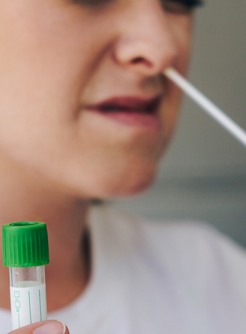
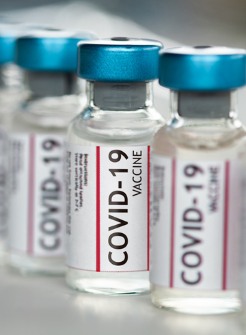


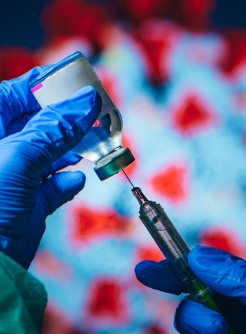
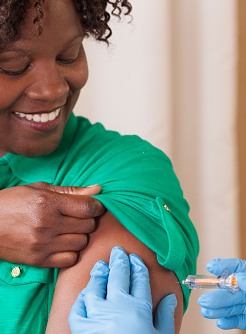

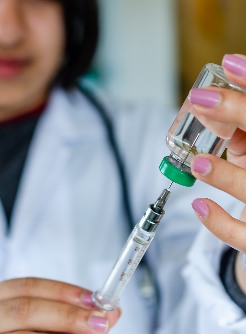
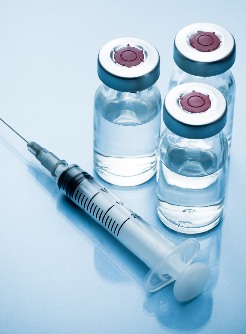




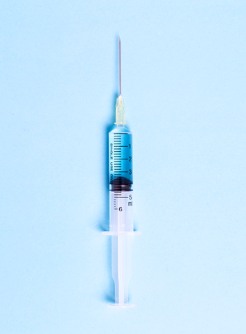
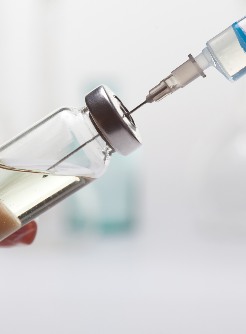
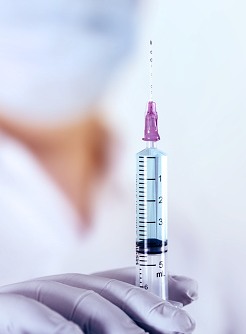
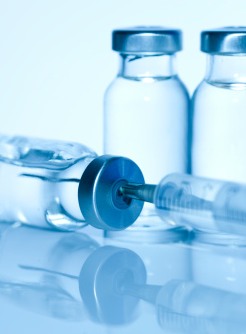

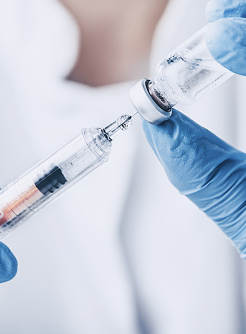
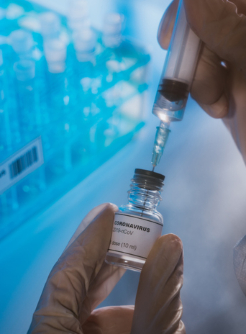
.jpg)
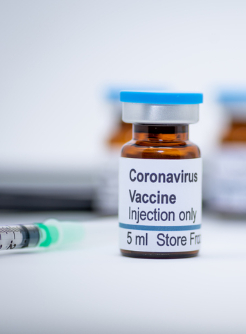

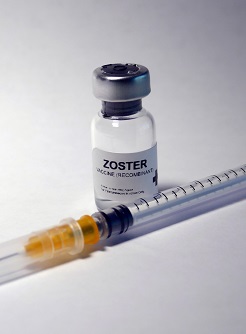
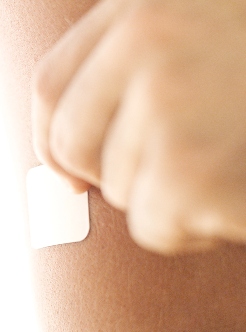
.jpg)
.jpg)
.jpg)